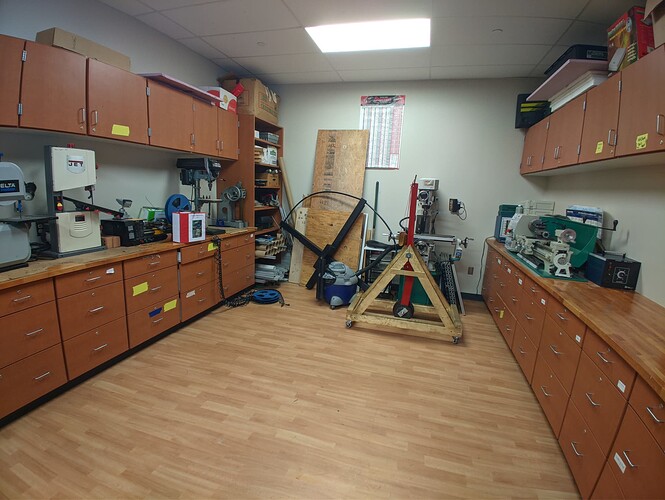Hello,
I am a computer science/programming/robotics teacher at a STEM Magnet school in Pennsylvania. We are working with a donor to purchase and build a Lowrider CNC v3.
- We decided to go with a build as opposed to just purchasing a kit because it will keep costs down AND also should be a great learning experience for my robotics students to go through the build process
- Among other things, we would like to use this to cut 4x8 sheets of coro board to make holiday props which will then be used in a holiday light show that we create for the donor and also th school.
- We would like to build a folding design that is also on casters so we can move it around our shop at the school and also to the engineering room down the hallway. Similar to designs one would encounter upon searching "Lowrider 2 CNC 4’x8’ Tilting Table on Wheels
" on YouTube.
Our donor is ready to make necessary purchases and order the parts for us, and they are flexible (within reason) with price…I just need to know what to tell them to order. I have been in contact with Ryan from V1Engineering and he suggested i make a post here. He basically told us what parts/kits to order from the site, but I’m specifically looking for help with plans for the setup I described above.
We will be going the Makita route. Would a Makita RT0701C meet our needs or should we be looking at something different?
